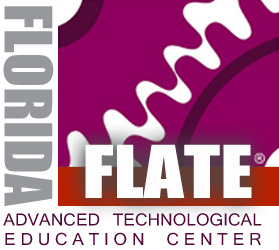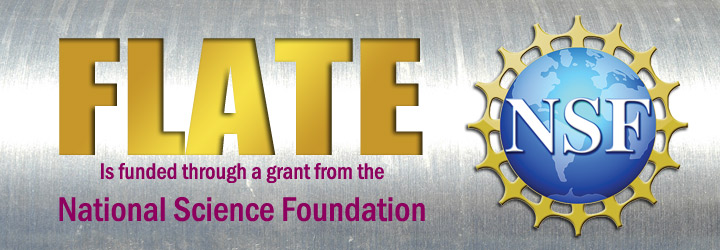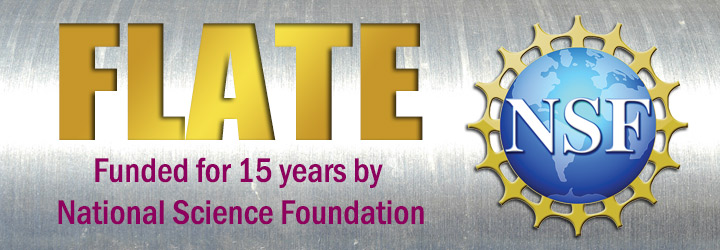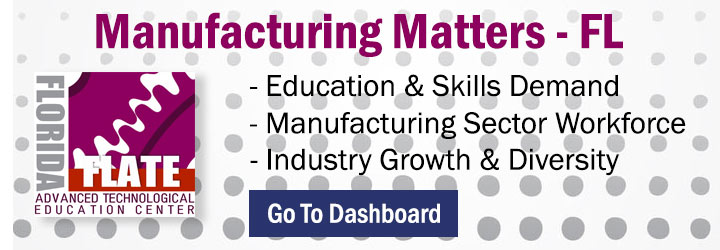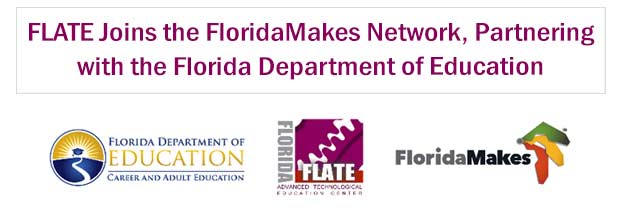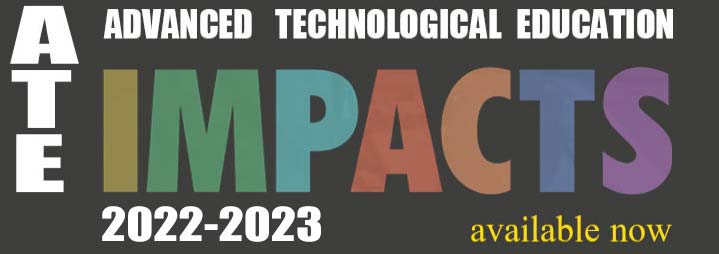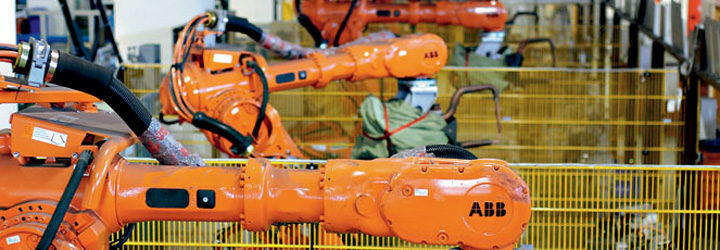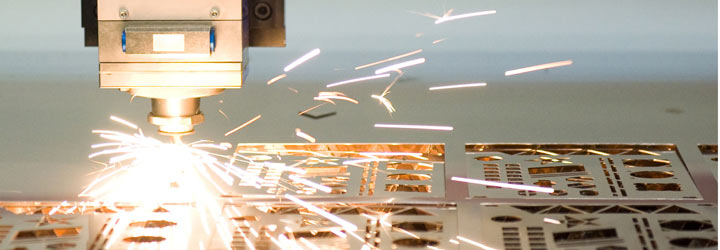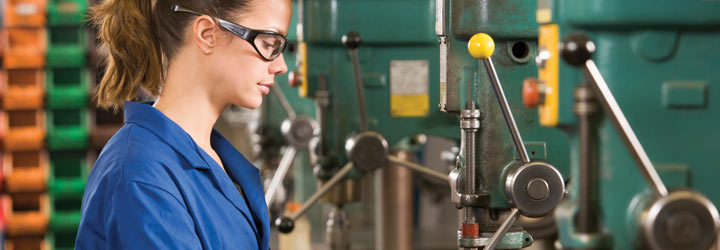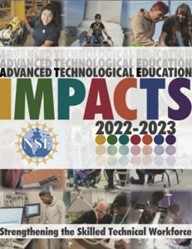FLATE Focus (November 2016)
From the Executive Director’s Desk: ATE PI Conference Alludes to Emerging Technologies as Agents of Change
 FLATE is part of a national network of National Science Foundation (NSF) funded Centers of Excellence in Advanced
FLATE is part of a national network of National Science Foundation (NSF) funded Centers of Excellence in Advanced
Technological Education (ATE). Last month in October, in Washington DC, over 800 educators and administrators of two year technician education programs participated in the NSF annual ATE Conference. The NSF ATE PI meeting is an annual event. FLATE was one of nine Centers that participated in a conference session focused on emerging technologies. The nine, six-minute presentations provided a “what’s coming next” preview of new technologies that mesmerized the audience. These near future technologies cover everything from manned space exploration and commerce, 5G communication speeds, smart sensors, “IoT” (Internet of Things), trends in nuclear power industry, integrated photonics, virtual and augmented reality and more. For what’s new in manufacturing, FLATE focused the audience on the implication of new technologies for manufacturing enterprises. From manufacturing’s perspective there are two important points to emphasize.
- First, if new technologies are to make an impact, manufacturers have to ultimately make these new technologies to support their adoption in high volume production, or create the actual technology-driven product to meet an expected commercial, or consumer demand.
- Second, manufacturers have to innovate and design how, and then adapt to where new technologies can improve their existing highly automated and high speed manufacturing facilities. Integration of new technologies must eventually meet the top line goal of bigger profit margins, so they must make products even faster (more quantity) and better (higher quality) to remove rework and/or recall situations.
To emphasize these points, I offered two examples that are related to FLATE manufacturing partners in Florida. These companies, Qorvo and Tampa Armature Works, provided products that support consumer products as well as manufacturing processes. These companies also need each other’s technologies to improve their production.
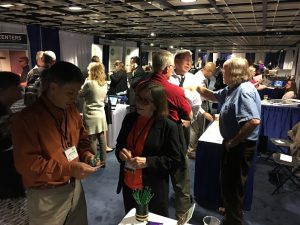 Qorvo was selected because it has manufacturing facilities in Florida and other states, is a member of the
Qorvo was selected because it has manufacturing facilities in Florida and other states, is a member of the
ManufacturingUSA Institute, PowerAmeria, as well as an employer of University of South Florida engineering graduates (USF’s Engineering College is FLATE’s engineering college partner). The company is also dealing with the technician skills gap issue. Thus, FLATE is involved in all phases of technical education for this product sector. Tampa Armature Works was included for two reasons. It is a nationally known Florida-based company that has electric motor product options that are of interest to a national customer base. It represents a company that will use new technology to produce process final control elements (products) that directly impact manufacturing processes.
Qorvo is an industry leader in the design and development of high performance RF solutions and products that support the operation of current and next-generation mobile devices. Their partnership with PowerAmerica (Watch the PowerAmerican YouTube Video) involves developing and implementing the best technology to safely provide more power in smaller circuit packages for communication, “IoT,” and other commercial and industrial applications. The coming global 5G network will require faster, more efficient, and low power management circuits not just for “smart” consumer applications like cable TV, mobile devices, smart homes, but also for important military and defense applications, satellites and space explorations, automotive, optical networks and more. All of these applications require devices with state-of-the-art wide band gap technologies that can be manufactured to meet specific customer expectations. You can find out more on the Qorvo, and PowerAmerica websites.
 Tampa Armature Works (TAW) is a commercial motor producer that will take full advantage of new technology interface
Tampa Armature Works (TAW) is a commercial motor producer that will take full advantage of new technology interface
circuits. TAW is looking at the new and emerging device developments for smarter interactions with motors (also known as final control elements responsible for mechanical energy insertion into a manufacturing process). Implementation of more direct drive motors provides significantly more variable power options to the process without requiring a gearbox. These motors are more efficient and eliminate friction from belts, chains and mechanical connections. (Fewer moving parts mean lower maintenance and less vibration, and therefore, less down time and fewer required noise abatement subsystems). As TAW uses Qorvo’s newer, faster, higher band-width devices to add communication and intelligence to its direct drive and stepper motors (pick and place applications), more manufacturing processes will take advantage of higher torque at low rpms; lower inertia which translate to faster response to sensors; and no process hysteresis motor control systems. All these reasons lead to the thing about tomorrow’s technologies (smaller, faster, quieter, cooler, longer-life equipment for automated processes) that is really exciting for today’s manufacturer.
